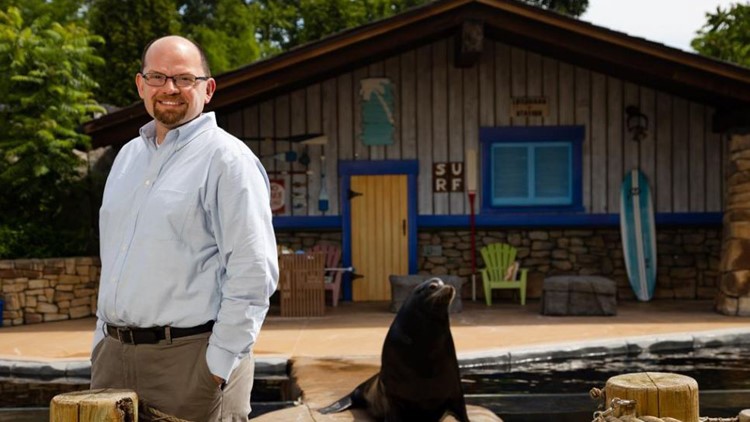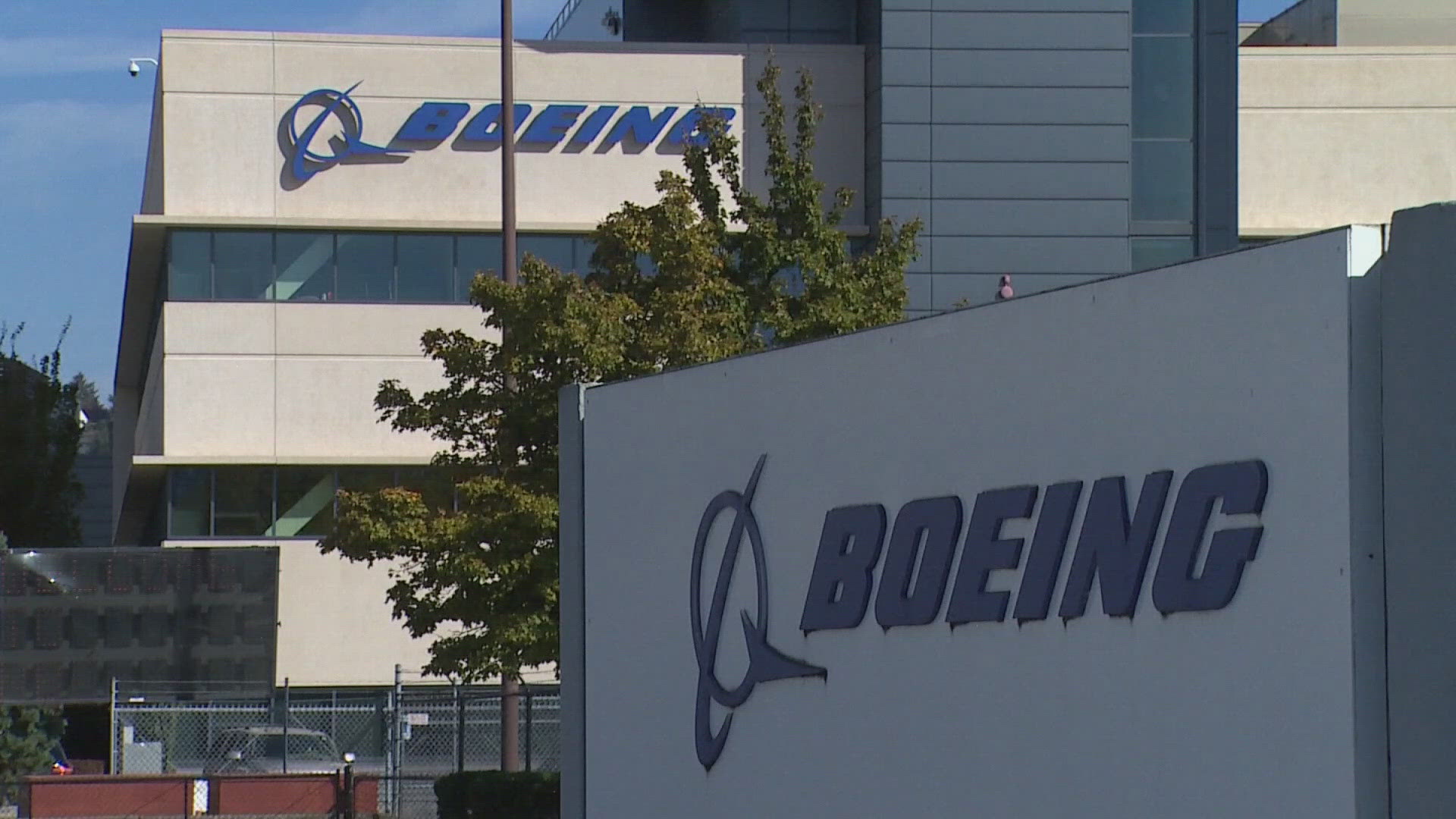ST. LOUIS — Growing up in the small town of Mayaguez, Puerto Rico, Luis Padilla was around lizards, snakes and birds often. His grandfather raised chickens, which Padilla helped him tend to on a regular basis.
Padilla also recalls going to a zoo early on and seeing a rhinoceros up close. He says it was “one of those life altering memories” that he’ll always remember, and one that cemented his interest in working with animals later in life.
“The role models you see and hear about (when it comes to animals) were usually veterinarians,” Padilla said. “I assumed I had to be a veterinarian to work with animals.”
Though he went on to obtain his doctor of veterinary medicine, Padilla doesn’t serve as a veterinarian in the traditional sense today. Padilla is vice president of animal collections at the Saint Louis Zoo where his responsibilities include the care and well-being of not just the zoo animals, but the caretakers of those animals, too.
Your first exposure to the Saint Louis Zoo was in 1999. I was a senior veterinary student then. I was here for almost two months. I fell in love with the zoo and the city. I then served as a veterinary resident from 2001 to 2004. A staff veterinarian for a couple of years after returning in 2011, then the head veterinarian, the director of animal health, and just last year, I became vice president of animal collections.
What are your responsibilities in your current role? I am ultimately responsible for the care and well-being of all the zoo animals, but I’m also responsible for the care and well-being of the people that care for these animals. I know the health of these animals depends on their health. I also oversee the ethical management and welfare of the animals and the teams that take care of the different types of animals at our zoo. Essentially anything that ensures our animals are taken care of.
How large is your staff? Our unit is composed of 147 employees right now. I have 11 direct reports and each one of those is a team, so we have 11 different teams.
Does your job still involve encounters with the animals? Very rarely. My role has evolved into a mentor and supervisor. But I didn’t stop being a vet just because I am vice president. I still take turns being the curator in charge. I am still available and respond to emergencies. The majority of the time I work with people instead of animals, but I still check on them and see them. I miss it, but even when I was practicing staff vet stuff, a lot of my work still happened through the caretakers.
How has the Covid-19 pandemic impacted your work? We made some changes pretty early on to protect our caretakers and our animals. We know whether we have guests at the zoo or not, we still have to provide care to the animals. We have essential teams that continue to provide feeding, medical care and other things. We split all of our caretakers into isolated units so that if one of our caretakers gets sick or a family member needs to be in quarantine, they can be swapped out by someone else on their team. If you have a team of six people taking care of the sea lions, only three will work with each other. The other three can swap them out if needed. We also planned ahead for special medical supplies and food items. But we always plan ahead, pandemic or not.
Click here for the full story.



